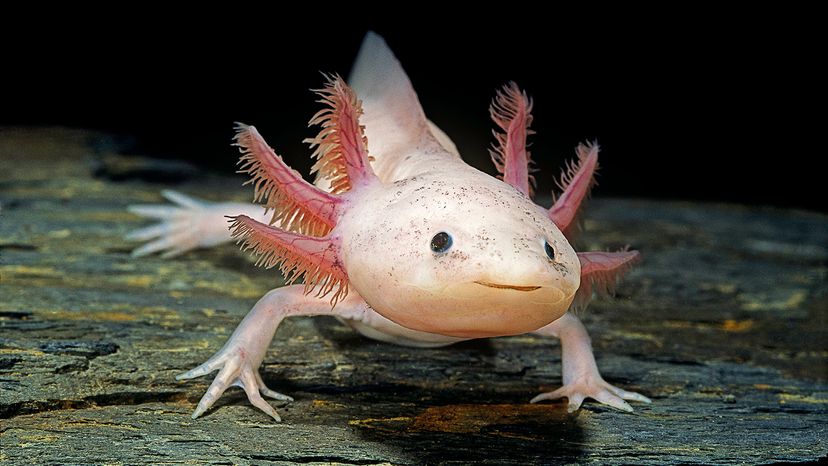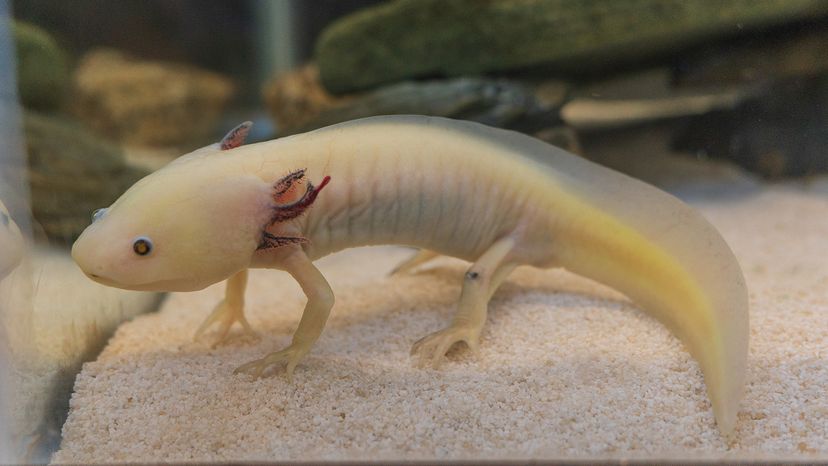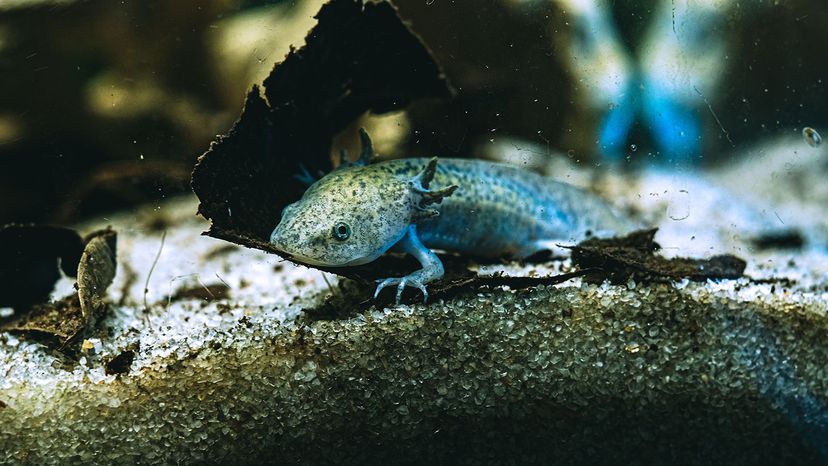
The axolotl diet is a key part of keeping these aquatic salamanders healthy and thriving in captivity.
Axolotls are carnivores, which means their dietary needs center on protein-rich, nutritious food items like worms, insects, and small aquatic creatures. In the wild, they hunt small prey in freshwater waterways using their wide mouth and gill-powered suction.
Advertisement
Understanding what to feed axolotls is essential whether you're caring for larval axolotls, juvenile axolotls, or adult axolotls. Their diet must adapt as they develop.

